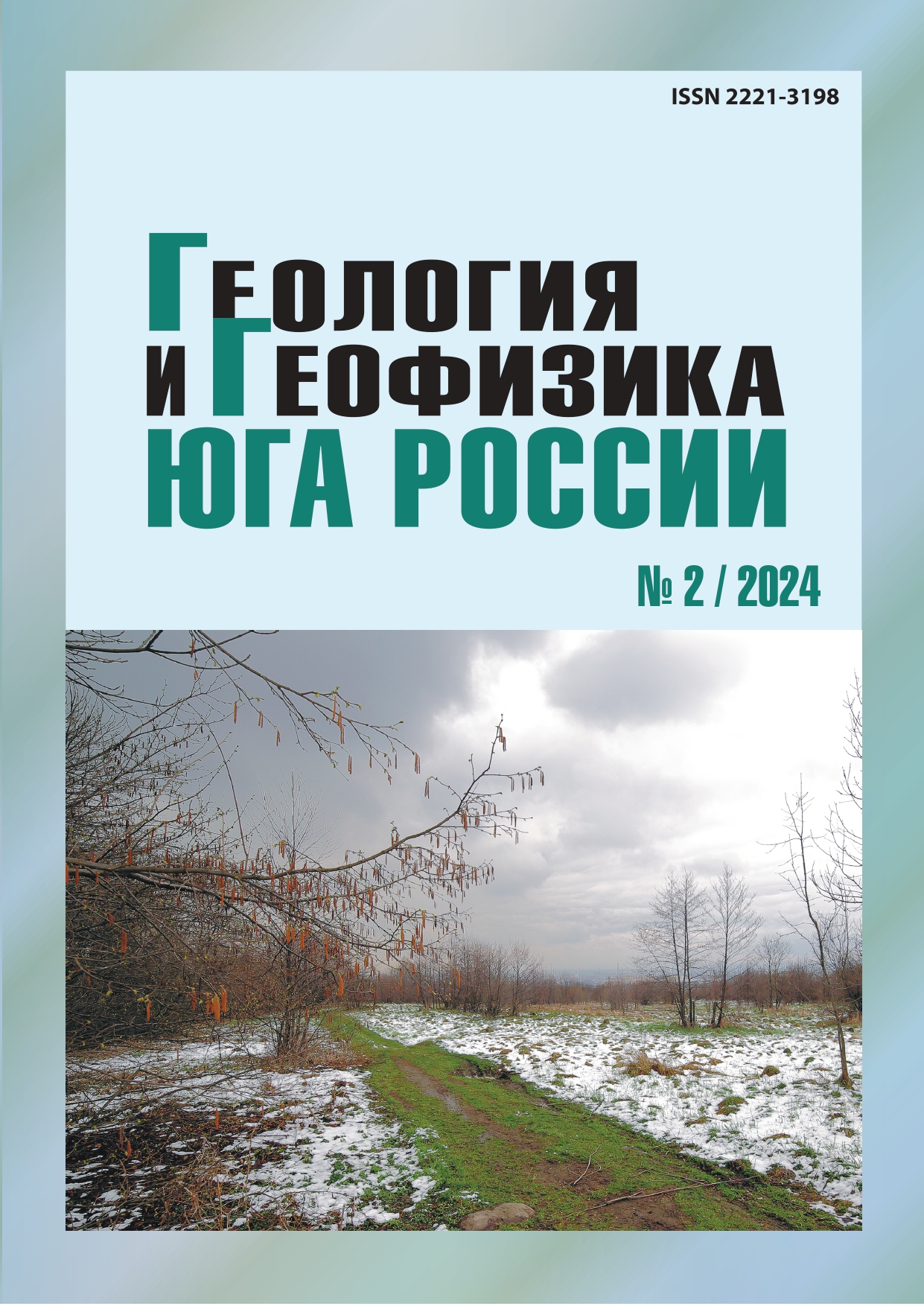Identification of overlapped raptures by electrotomography on the example of urban agglomeration Ust-Kamenogorsk (Republic of Kazakhstan)
Abstract
The relevance of the topic is determined by the need to identify discontinuous faults hidden under sedimentary rock strata and assess their structure. This is the most important task in zoning territories for seismic hazard and one of the foundations of earthquake prediction and seismic microzoning. The increasing activity of the lithosphere observed in recent years is associated, among other things, with the activation of tectonic faults. The identification of such faults hidden under powerful sedimentary rock strata and the assessment of their current activity is an urgent task when zoning territories for seismic hazard and the basis for earthquake prediction. For this purpose, as the analysis of the published literature has shown, the method of electrotomography is increasingly used. The purpose of the work: based on the determination of the apparent electrical resistance, to assess the degree of disintegration of rocks in the zones of discontinuous disturbances manifested within the boundaries of the city of Ust-Kamenogorsk, within the geodynamically active Irtysh crushing zone. Research methods: Field studies of fault zones by electrotomography were carried out. The dipole, Schlumberger and direct (reverse) three-electrode type of installation by the resistance method was performed. The observed electric field, normalized according to the installation parameters to such an extent that the apparent electrical resistance coincides with the true electrical resistivity, called the apparent electrical resistivity. This method allows us to obtain the characteristics of a complexly constructed environment and interpret it within the framework of twodimensional models. The results of the study: it is shown that the electrotomography method allows to obtain a fairly complete picture of the structure of the rupture in the absence of its exit to the surface; it is established that the magnitude of the apparent electrical resistance is determined mainly by the type and degree of tectonic and modern exogenous destruction of rocks performing a fault displacement, and this is due to the periodic activation of the studied faults and low-amplitude progress on the displacement. The main characteristics of the fault strike, the slope of their displacements, and the nature of the rocks filling the displacement zones are determined.


